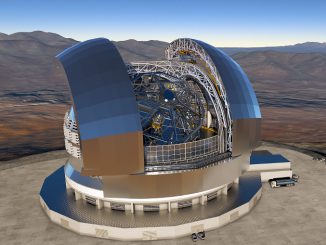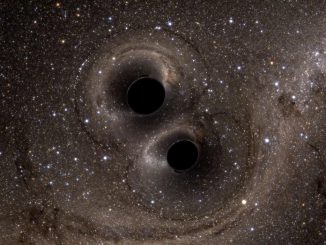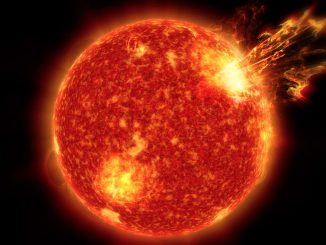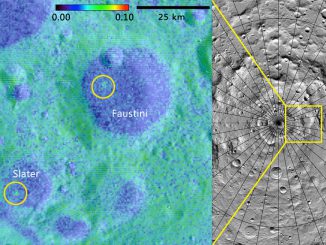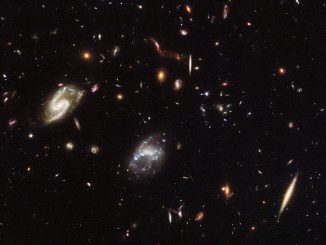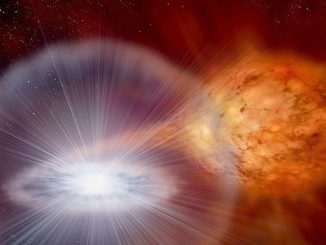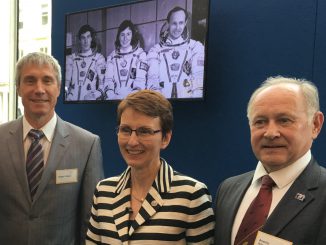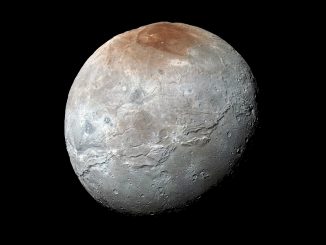
Close encounters of a tidal kind could lead to cracks on icy moons
A new model developed by University of Rochester researchers could offer an explanation as to how cracks on icy moons, such as Pluto’s Charon, formed. Until now, it was thought that the cracks were the result of geodynamical processes, such as plate tectonics, but computer simulations suggest that a close encounter with another body might have been the cause.


